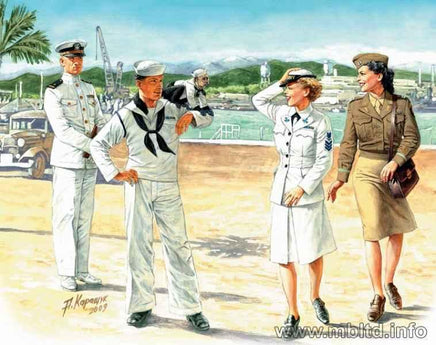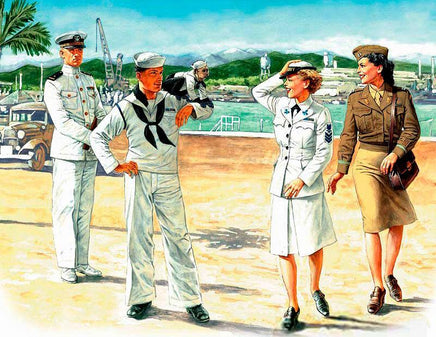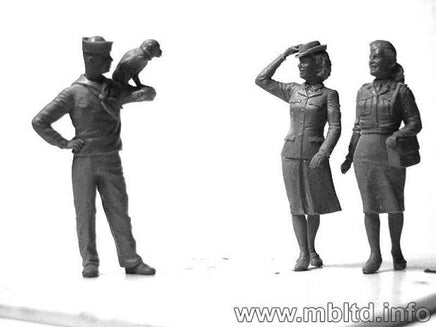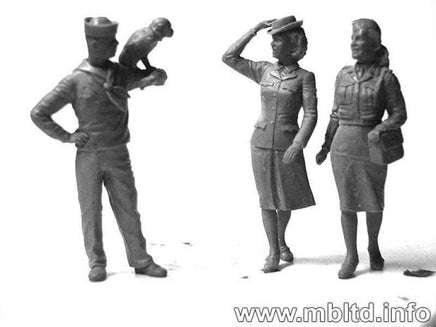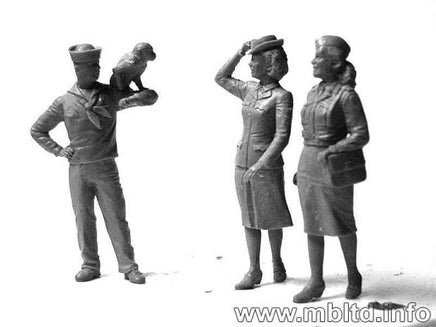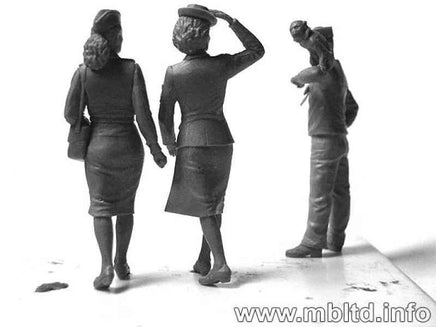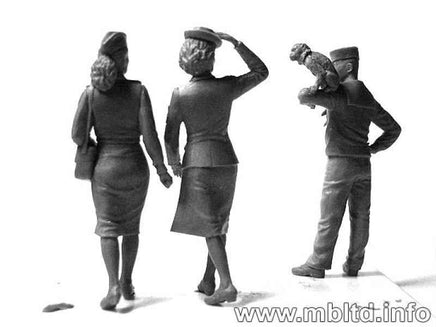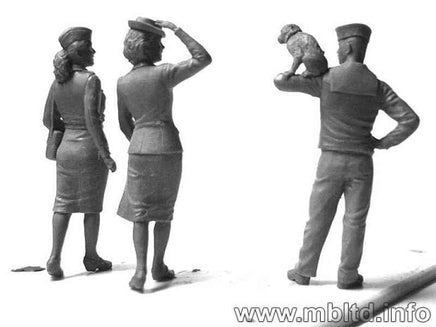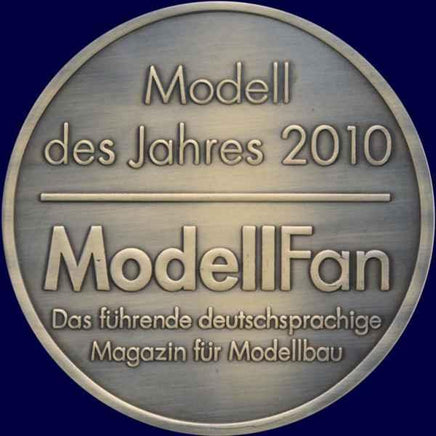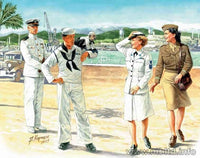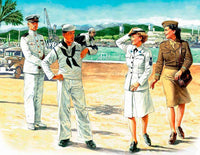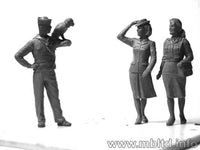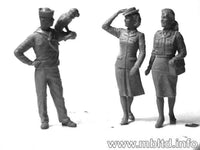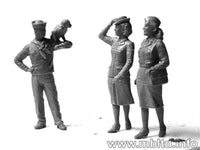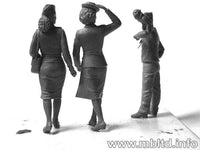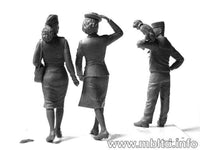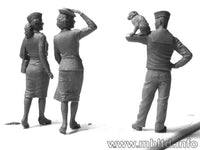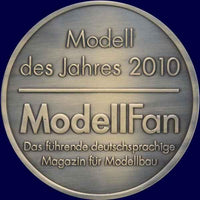In July 1942, in the United States, by the decision of the American Congress and President FD Roosevelt, the United States Naval Women's Reserve, known by its abbreviation WAVES (from: Women Accepted for Volunteer Emergency Service). WAVES was the de facto manpower reserve of the US Navy that women could volunteer to join. The main goal of WAVES was to relieve the male US Navy personnel from administrative and coastal tasks in the hinterland and to increase the possibility of directing them to strictly combat tasks. It is worth noting that the women admitted to WAVES underwent training, as a result of which they received the appropriate rank of US Navy reserve officer. The first director of WAVES was later Navy Captain Mildred H. McAfee. It is worth adding that the organization received considerable informal support from the then-American First Lady, Eleanor Roosevelt. Relatively high demands were placed on applicants for the service at WAVES, especially in terms of intellectual capacity. It is estimated that at its peak, WAVES was served by approximately 86,000 women, who performed their tasks in approximately 900 US Navy stations, bases, and ports. The only overseas area they served was Hawaii.
At the time of the outbreak of World War II, the American Navy was considered one of the most powerful in the world, but in the course of this military conflict, it definitely outstripped other navies in the world in terms of the number of ships built (often also their quality), primarily the Japanese. At the end of the war in the Pacific, it had, among others, 27 aircraft carriers and 18 battleships. It also had the most powerful naval aviation in the world. It is also worth remembering that at the time of the outbreak of the war in the Pacific, the US Navy had about 340,000. people, and at the time of its completion, around 3.4 million people! Each of the US Navy seamen during World War II underwent so-called basic training, which emphasized the physical condition of the soldier, his familiarity with weapons, drills, and other basic activities in the army. Only after that did the seamen undergo specialist training, such as gunmen, radar operators, or engine room crew. Most of the senior US Navy officers graduated from the Annapolis Naval Academy, while many junior officers received training under the V-12 Navy College Training Program. It is estimated that about 125,000 people participated in it between 1943 and 1947.

